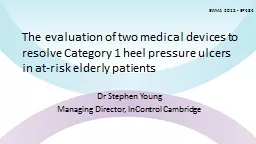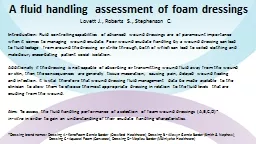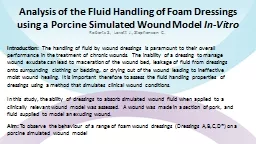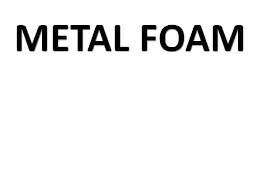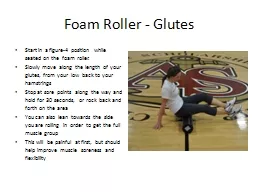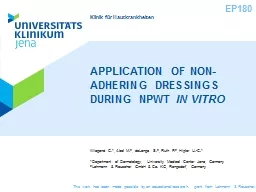PPT-Implementing foam-silicone dressings in the ICU To Reduce
Author : fullyshro | Published Date : 2020-06-24
pressure ulcer formation By Kathryn Fox RN Ferris State University Background Preventing pressure ulcer PU formation in the hospital setting is an ongoing clinical
Presentation Embed Code
Download Presentation
Download Presentation The PPT/PDF document "Implementing foam-silicone dressings in ..." is the property of its rightful owner. Permission is granted to download and print the materials on this website for personal, non-commercial use only, and to display it on your personal computer provided you do not modify the materials and that you retain all copyright notices contained in the materials. By downloading content from our website, you accept the terms of this agreement.
Implementing foam-silicone dressings in the ICU To Reduce: Transcript
Download Rules Of Document
"Implementing foam-silicone dressings in the ICU To Reduce"The content belongs to its owner. You may download and print it for personal use, without modification, and keep all copyright notices. By downloading, you agree to these terms.
Related Documents

